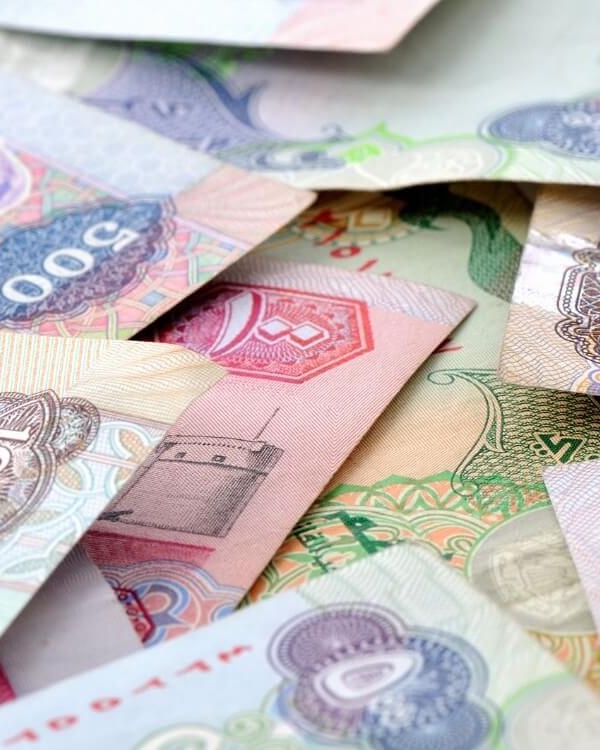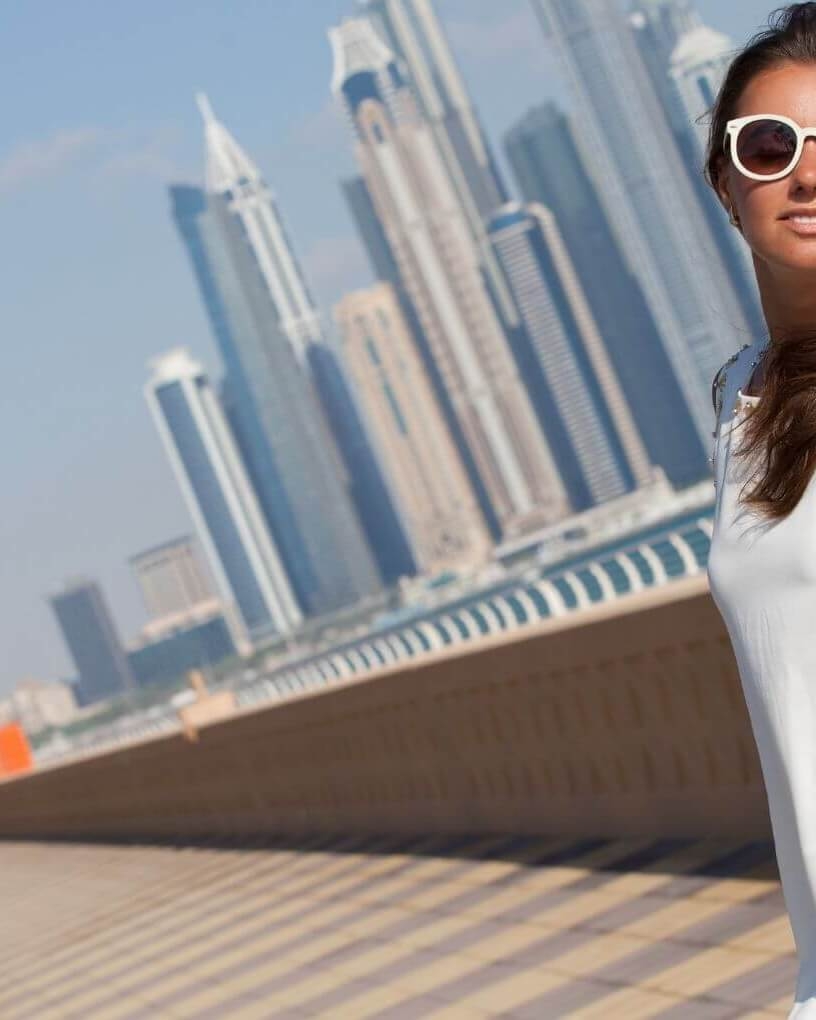10 free places to see in Dubai
Aaah Dubai… Located in the United Arab Emirates, it is now the country’s largest city with almost 3.7 million inhabitants. A symbol of urban development, famous for its futuristic architecture, Dubai is a veritable temple of luxury hotels, some of them shopping malls, but above all, an undoubtedly fascinating Eldorado.
While there’s plenty to do for tourists, it remains the city of all records and all excesses. In fact, it holds the label of “luxury” tourist destination par excellence. Excessively rich in its various wonders, this city never sleeps. But contrary to popular belief, you don’t have to be rich or spend a fortune to discover and visit the depths of Dubai. After all, there are so many things you can do for free.
Discover now our selection of the 10 best free places to visit in Dubai, to discover this fascinating city and prepare an unusual itinerary.
Moon Lake
The desert is an integral part of Dubai. Located at the gateway to the city, just behind the buildings, it is the ideal place to recharge your batteries and escape the hustle and bustle of a megalopolis like Dubai.
When asked what to do in Dubai, after the famous Burj Khalifa tower, the desert is a close second as a must-do activity.
But while exploring the desert on a 4×4 safari remains a timeless tradition, it’s also possible to explore the golden sand dunes in a completely different way.
Did you know about Moon Lake? Recently discovered in the Al Qudra desert. This crescent-shaped lake appeared almost simultaneously with the start of the holy month of Ramadan, in 2021.
It was most probably created by man (as was the Love Lakes, by the way) and is sure to attract a large number of visitors. The view is particularly appreciated at sunrise and sunset.
Mohammed bin Rashid Library
The Mohammed bin Rashid Library, whose complex architecture represents an open book, is the largest library in the Arab world and its most ambitious cultural project.
It is expected to welcome around nine million visitors a year.
The seven-storey building, inaugurated on June 13, houses over 4.5 million books, one of the largest electronic libraries in the world, and book conservation laboratories.
Covering an area of almost 55,000 m², the building houses a wide range of products. However, if you’re not a bookworm, we’d still advise you to stop by and admire this innovative structure.
Jumeirah Mosque
It’s the only mosque in Dubai open to non-Muslims. It’s a beautiful monument, with a large central dome surrounded by two minarets.
The mosque is open from Saturday to Thursday, but you can only enter at 10 am. It’s an opportunity to learn more about Emirati culture and the Muslim religion in an educational and completely open way.
Make sure you wear covering clothing, and a hair veil for women (the mosque provides one on site if you don’t have one). Unfortunately, it’s not a free place, but the fee is very modest: 20 AED (just under 5 euros).
Getting to old Dubai by abra
Cross the creek on an abra, an experience not to be missed! The creek is the inlet that separates the Bur Dubai and Deira districts.
Abras are traditional and typical wooden boats, an ideal means of transport to cross the creek and visit the spice and gold souks. Pass through Khor Dubai, then on to the souks. Take photos of the Burj Al Arab hotel.
Abras are easily accessible from stations along the creek. Departure takes place as soon as the boat is full, approximately every 2 to 3 minutes depending on the schedule.
They operate every day from 5 a.m. To access this activity, you’ll need to spend the modest sum of 1AED per person per trip. Pay on board!
Bur Dubai souk
Delicate gold jewelry, hand-woven fabrics, traditional perfumes and original souvenirs: the Dubai souks are brimming with a thousand and one treasures.
Also known as the “textile souk” or the “old souk”, it is located in the Bur Dubai district, along the Creek.
A favorite haunt of the city’s emerging tailors and fashion designers, its vast array of boutiques is brimming with fabrics including fine silks, lightweight cottons, exotic fabrics and sari fabrics…
You’ll often find fabric wholesalers from India and Pakistan. Choose your favorites and contact one of our tailors, who will be happy to make you a dress, abaya (traditional women’s garment), dishdasha (traditional men’s garment) or tailored suit, which you can pick up in just a few days.
Explore the old town of Al Fahidi
Located in the historic heart of Dubai, the Al Fahidi district offers visitors a unique journey back in time through the narrow, winding streets of the ancient city. Also known as Bastakiya, this is one of Dubai’s oldest neighborhoods, dating back to the 19th century.
With its traditional mud houses, iconic wind towers and shady patios, Al Fahidi is a window into Dubai’s past, before its transformation into a modern global metropolis.
As you stroll through the cobbled streets of Al Fahidi, you’ll be enveloped by the authentic charm of traditional Arab architecture.
The houses in this neighborhood are known for their “Barajeels”, or wind towers, designed to capture and channel the wind into the houses for natural cooling – an ingenious method of air conditioning before the modern era.
The district is also home to several important museums and cultural centers. The Dubai Museum, located in the Al Fahidi fort, is a must for those wishing to understand the region’s history. Nearby, you’ll find the House of Sheikh Mohammed Centre for Cultural Understanding, where you can take part in cultural workshops, traditional meals and guided tours to deepen your knowledge of Emirati culture.
Turtle lagoon Jumeirah Al Naseem
Based in Jumeirah Al Naseem, you can admire turtles at the Turtle Lagoon sanctuary. These graceful creatures have been placed in the Medina lagoons to be cared for and protected. The Emirates Wildlife Protection Office aims to rehabilitate sick and injured turtles, while raising awareness of the threats facing these marine animals.
The enclosure is open to the public free of charge every day, with no need to make a reservation. We recommend that you visit Turtle Island on Wednesdays at 11 a.m. to observe the mealtime.
Traditional fishing villages
On the banks of Dubai Creek, the Heritage Village and the Diving Village explain Dubai’s traditions to tourists.
The first is a recreation of a Bedouin village where you can eat dosa (lentil flour pancakes), drink Arabic coffee, take a camel ride or buy souvenirs. The second explains pearl fishing, which was the region’s main activity at the turn of the century. Access to these two cultural venues is completely free.
Riverland Dubai
Located within Dubai Parks & Resorts, Riverland City is divided into 4 themed zones (India Gate, French Village, Boardwalk and The Peninsula).
These four zones converge in the 19th-century-style central square, home to a variety of restaurants and cafés. Boardwalk is a neighborhood with a ’50s vibe that offers entertainment for the whole family with traditional American restaurants.
The Peninsula is in the heart of Riverland, with a large outdoor area that regularly hosts festivals and concerts, and free access and parking. India Gate is inspired by India in the 1920s.
The fourth zone is the French Village, featuring the historic architecture of late 1600s Europe, with its street performances and picturesque restaurants.
The wide range of venues on offer makes Riverland an ideal place to spend time with family and friends discovering different cultures.
The hypnotic mirrors of Battuta Mall
Have you ever passed through our hypnotic hall of mirrors? Don’t miss this incredible experience!
In the heart of India’s courtyard, located in the IBN Battuta Mall, this shopping center is the world’s largest themed mall.
It commemorates the travels of the famous Arab explorer and is packed with unique experiences. Let yourself go with this 100% free activity.
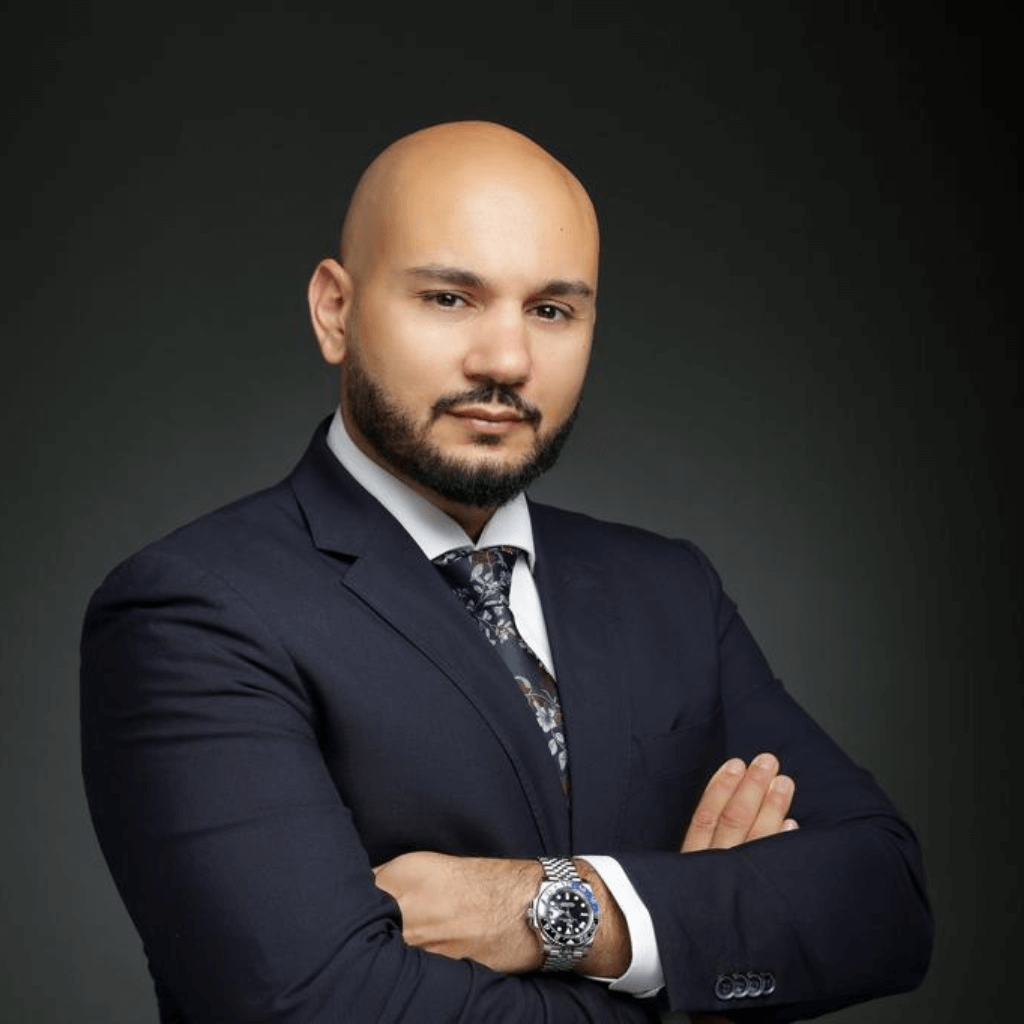
More articles on life in Dubai
Working in Dubai
25 August 2022
lire l'article →
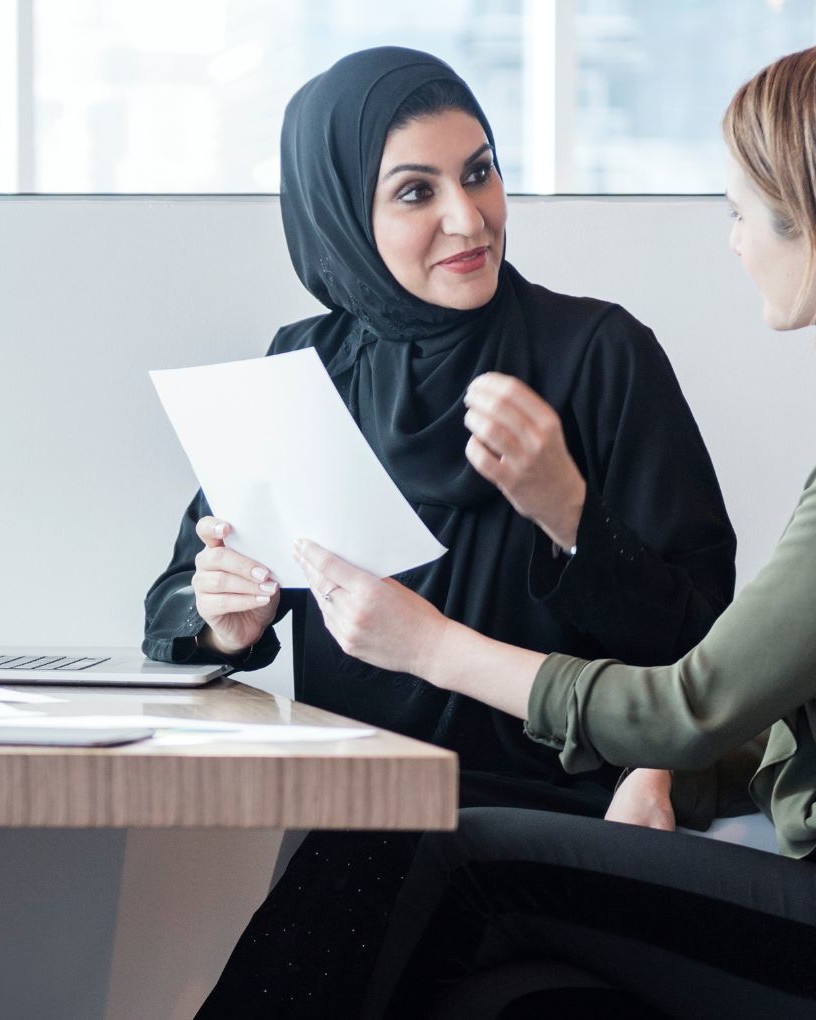
Lifestyle in Dubai
22 August 2022
lire l'article →
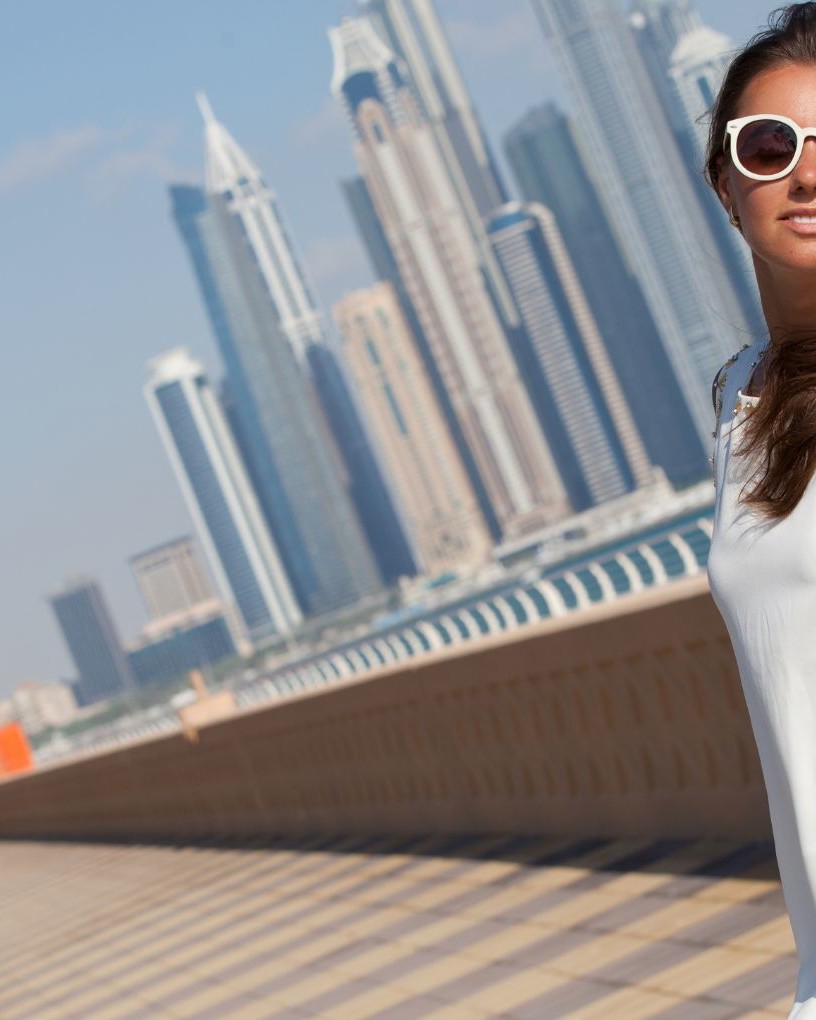
The best areas for expatriates
15 May 2022
lire l'article →
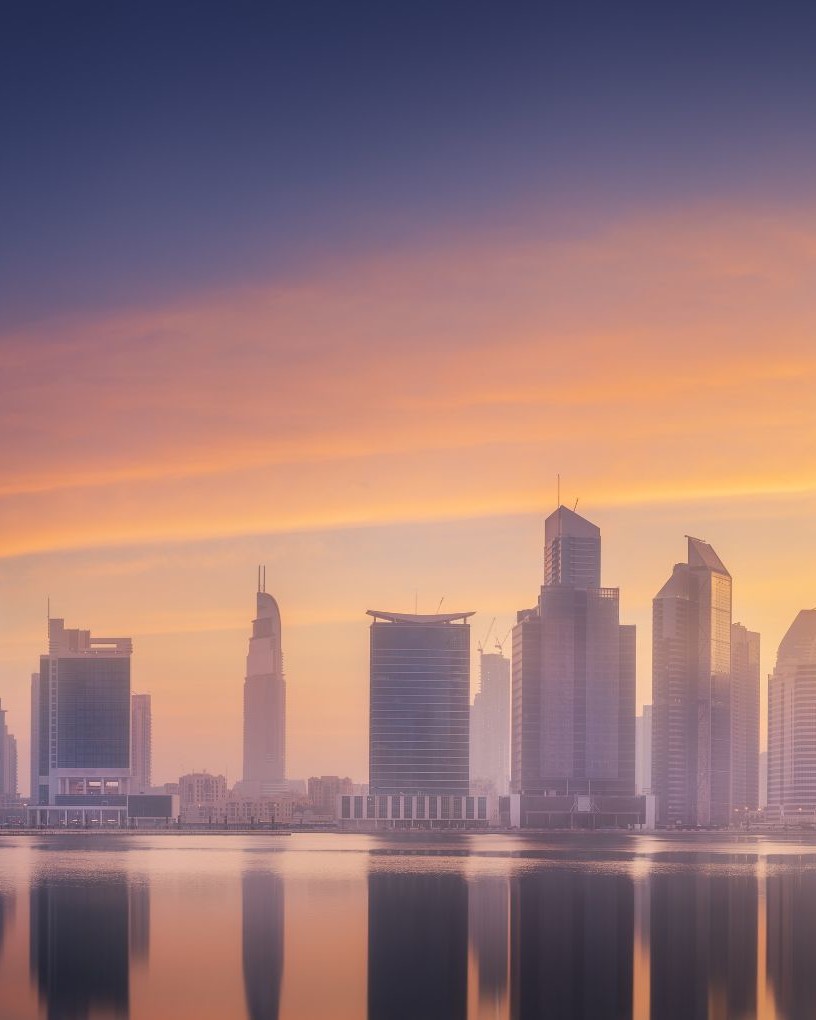
8 theme parks in Dubai
15 August 2021
lire l'article →
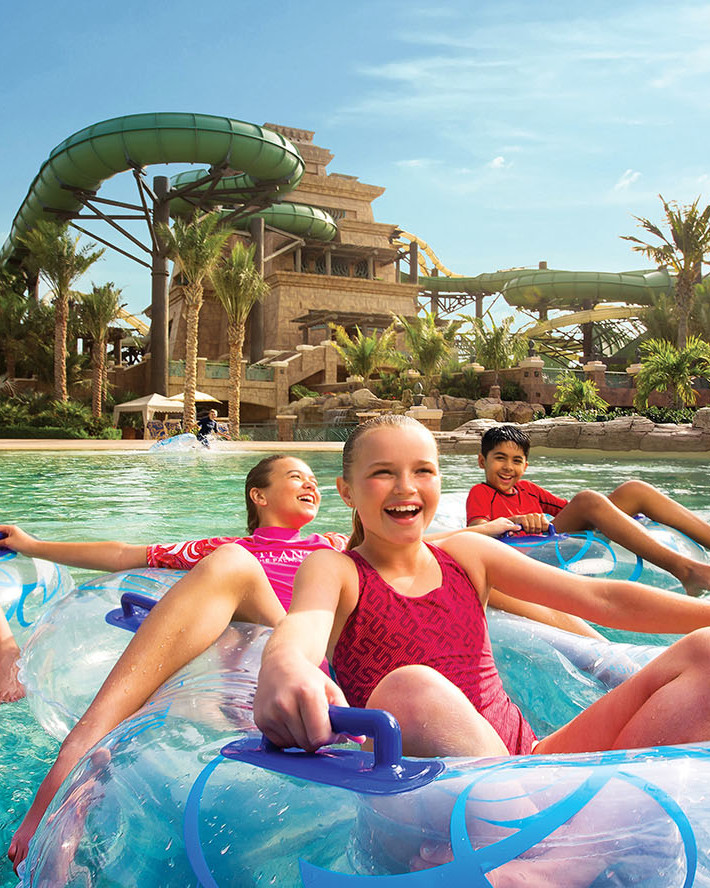
- Home
- Live In Dubai
- 10 free places to see in Dubai


